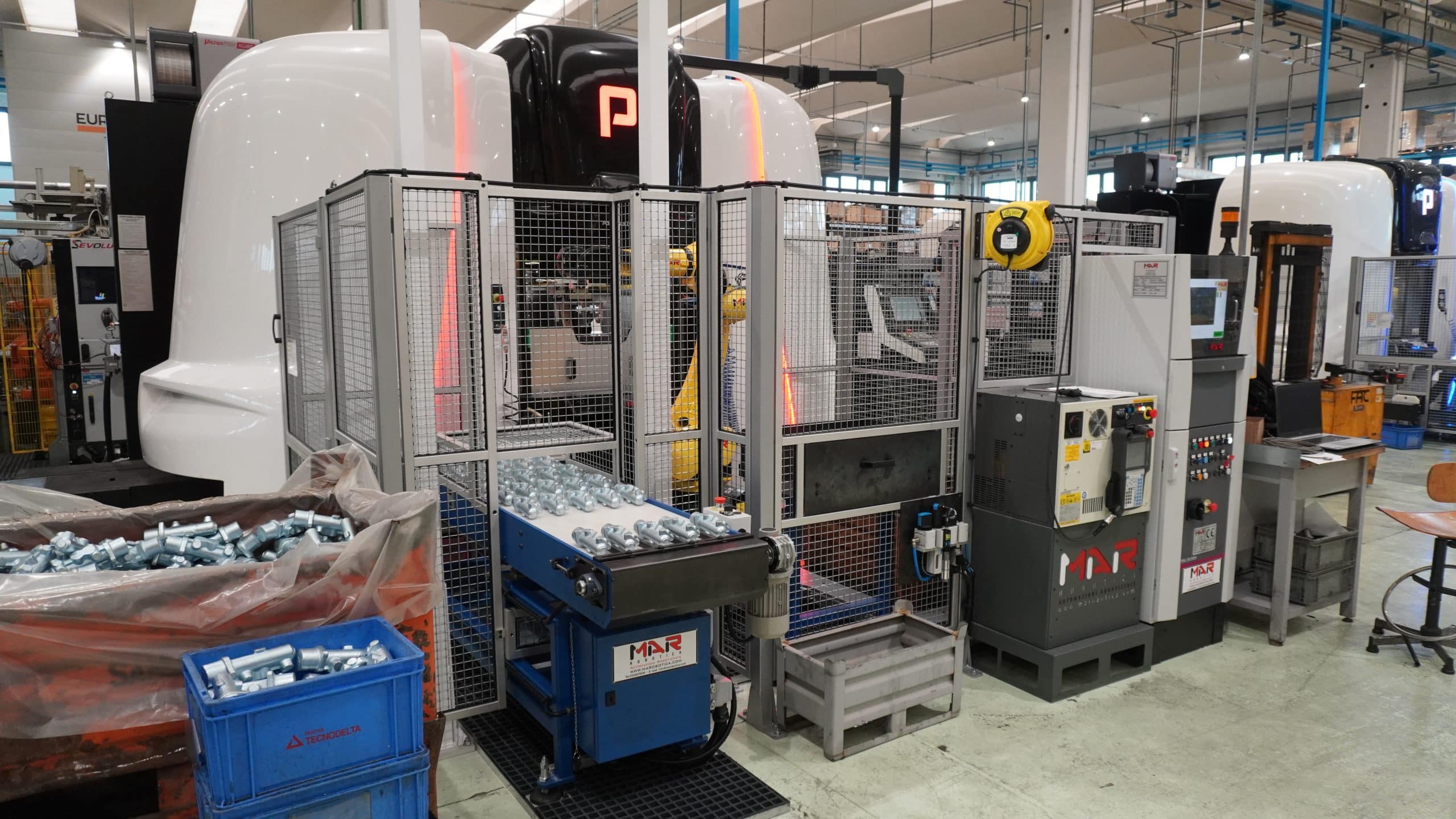Last edit: 30/04/2024

ANSI B11.0-2023 gives foundational aspects to apply broadly across various types of machinery, so it is intended for use in tandem with other standards in the same series.
ANSI B11.0-2023 specifies basic terminology, principles, and a methodology for achieving acceptable risk in machinery design and use. To help designers, integrators, and users of machinery achieve this objective, it specifies principles of risk assessment and risk reduction—these principles are supported by knowledge and experience in the design, use, incidents, accidents, and risks associated with machinery. This standard outlines procedures for identifying hazards and estimating and evaluating risks during relevant phases of the machine lifecycle. It also helps eliminate hazards and offers provisions for sufficient risk reduction, giving guidance for documentation and verification to support these processes.
ANSI B11.0-2023 applies to new, existing, modified, or rebuilt power driven machines (not portable by hand while working) used to process materials by various processes. These include cutting, forming, pressure, electrical, lamination, or thermal or optical techniques, as well as a combination of these processes. Please note that this scope also includes associated equipment used to transfer material or tooling, including fixtures, to assemble/disassemble, and to inspect or test.
Changes to ANSI B11.0-2023
Machinery safety standards like ANSI B11.0-2023 align the industry not only in practices but in thought. This American National Standard was first published in 2008 as ANSI B11.GSR (General Safety Requirements), before being substantively revised and re-designated as ANSI B11.0 in 2010. Subsequent revisions occurred in 2015 and 2020 before this fifth, current edition.
Some significant changes made to ANSI B11.0-2023 from the previous, 2020 edition of the same standard include:
- Clarified text related to responsibilities of machinery suppliers, users, modifiers, purchasers of used machinery, and other entities.
- Introduced concepts of co-manufacturer(s) and their associated responsibilities.
- Updated and clarified responsibilities for existing (legacy) machinery.
- Included requirements for when whole body access situations exist and/or apply.
- Improved information about validation. Improved information related to remote / tele–operations of machinery.
- Expanded requirements for radiation hazards and associated risk reduction measures.
- Added new section 7.26, “Heating Systems and related Equipment for Processing of Materials.”
- Updated requirements for Information for Use and manuals, consistent with ISO 20607.
- Reorganized clauses 4, “Responsibilities,” and 5, “Lifecycle Requirements.”
- Updated definitions. Updated and improved existing annexes.
- Clarified content of Table D1 on estimating severity of harm.
- Added new annex Q, “Control Devices.”